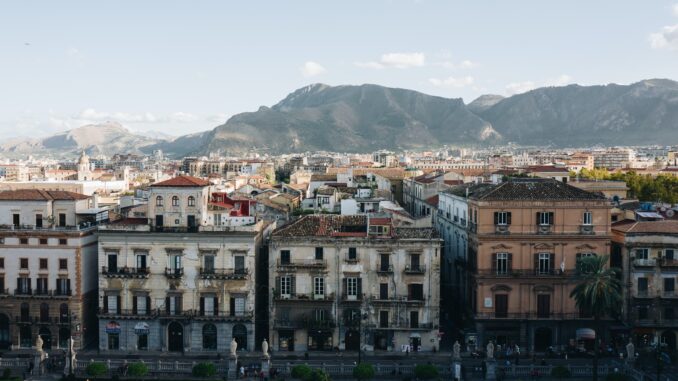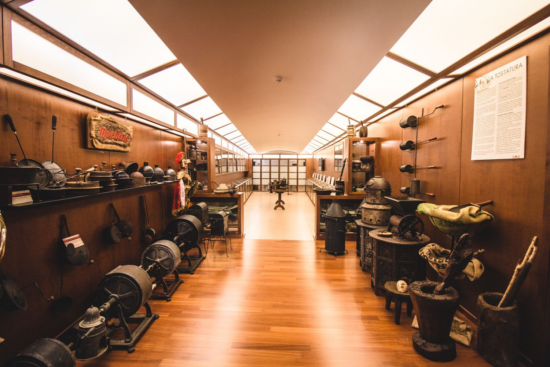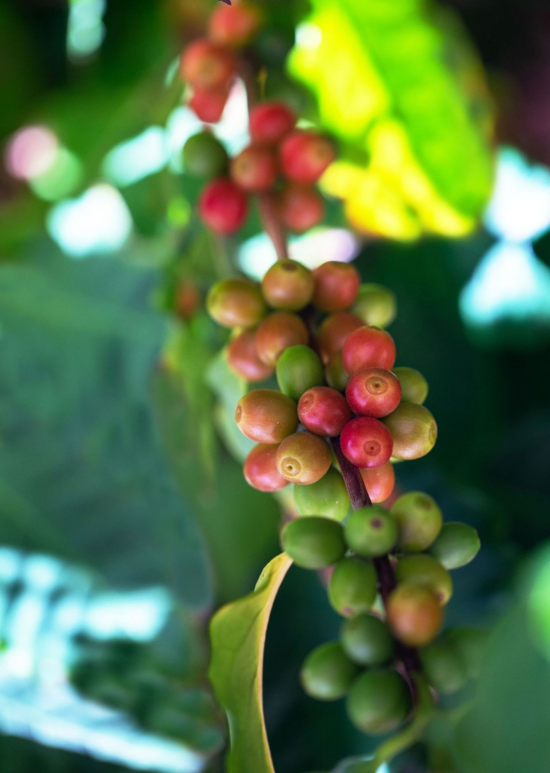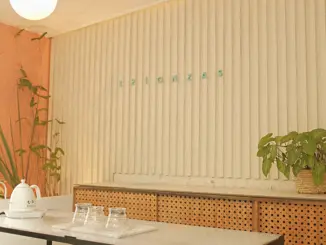
The Morettino family has successfully cultivated a coffee plantation right in Sicily. Next on the agenda: making the island an international coffee hub.
BY JOSEPH PHELAN
SPECIAL TO BARISTA MAGAZINE ONLINE
Feature photo by Tomas Anton Escobar via Unsplash
Editor’s note: Check out part one of this story here.
Andrea Morettino’s family has proven that coffee can be grown in Sicily. As for their future endeavors, Andrea is certain that the tight-knit nature of Sicilian communities will be integral to his family’s coffee-growing success. “We believe in an open project model that involves collaboration with the Botanical Garden, the University of Palermo, and Catania, which aims to involve farmers, scholars, researchers, and specialists in the cultivation and processing of coffee.”
A Changing Climate
Of course, the Morettinos’ desire, commitment, and enthusiasm can only go so far. Human undertakings are undoubtedly a big part of the Sicilian coffee-growing effort. But it is also important to note the impact of climate change, Andrea readily acknowledges.
“During the last few years we Sicilians have witnessed alternations of the traditional seasons and double or triple blooms. Due to the climate tropicalization, we have also witnessed the successful farming of traditionally tropical fruits like mango, papaya, avocado, and kiwi,” he says. And, according to Andrea, Sicily’s changing climate could bring with it many opportunities for people who are willing to work the land.

“We have thousands of abandoned greenhouses (across Sicily) that could be restored and reconverted for new cultivation of tropical fruits or coffee. Nature has given us a strong signal that deserves to be listened to. We are witnessing changes that have to make us think about the present and future of our land.”
’Coffee Land’
The fact that the Morettino family has proven coffee to be a viable Sicilian crop has been met with widespread approval across the island. The project’s success arrived at just the right time. Climate change has been essential to the coffee growing project. But it has not been as kind to other plants on the island. Estimates revealed by La Cia-Agricoltori Italiani, one of Italy’s most respected farming associations, predict that Sicily’s 2022/23 olive crop will be down 30% compared to the previous year. This has largely been attributed to high temperatures and periods of unseasonal drought.
Morettino’s first coffee harvest is hopefully a sign of things to come. It demonstrates that coffee can indeed be grown on Sicily by those willing to try. But despite being 30 years old, the project is still in its infancy. The noteworthy harvest of 2021 was, though eye-catching and all together remarkable, very small. Growing coffee in Sicily is still some ways off from being a commercial venture at present. But Andrea is not worried.

“The Sicilian native coffee project does not currently have short-term commercial purposes, but it does have a deep medium-term vision,“ Andrea says. “It will take at least a decade before it can be a productive vocation; it will be necessary to observe the evolution of climate change’s impacts and the results of this ambitious project before we can hope to rebrand Sicily as ’coffee land.’”
Sicilian Coffee Flavor Notes
Those willing to sample Sicilian coffee, therefore, may have to be patient. The Morettinos’ inaugural coffee harvest contained flavors and aromas uniquely associated with Sicily. No doubt there will be an audience ready to snap up the coffee as soon as it goes on sale—even if they have to wait 10 years.
“It is a very high-quality coffee, with special and unique fragrances, such as notes of Zibibbo grapes and the sweet smells of jasmine and white plumeria flowers that are typical of Sicily,” Andrea says. “It is also possible to detect carob, caramel, and roasted Sicilian almonds, as well as Panela sugar, which is more typical of the tropics.”

Looking Ahead
The Morettino family’s aspirations go far beyond growing Sicilian coffee. The long-term goal is to revolutionize the island’s coffee sector, to make Sicily a prosperous, internationally revered coffee hub. Simply put, the family wants to support and bolster the island’s economy.
“We have embarked on a wide-ranging project path taking in the entire coffee supply chain. We are looking at the prospects for cultivation in different corners of Sicily, selected on the basis of soil and climatic conditions and the terrain, which will closely observe the evolution of species and botanical varieties. We are developing a long-term concept that will benefit the whole coffee chain, from plant to cup, and this is a source of great pride and satisfaction,” Andrea concludes.
ABOUT THE AUTHOR
Joseph Phelan (he/him) is a freelance journalist based in London. While most of his free time is spent scouring his adopted city in search of the best coffee haunts, he also enjoys any opportunity to listen to live music and makes a point of venturing to Iceland at least twice a year.




